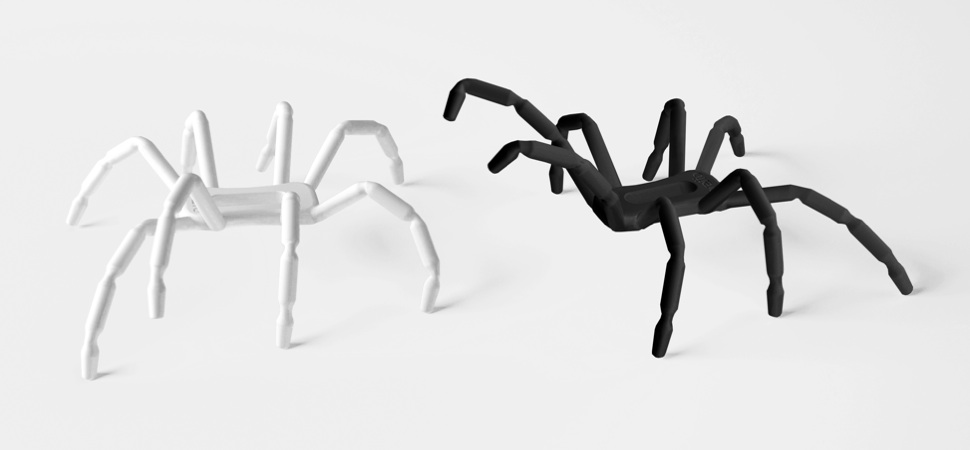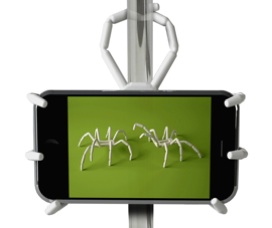An average of 43 percent of the strokes you make in a game of golf will be putts. The next highest is your woods, at 25 percent, followed by 13 percent chipping, 10 percent irons, and 5 percent hazard shots.
Putting is incredibly important. Most people want to hit the ball farther and straighter. That’s important, but effective putting makes the difference between an average golfer and a good golfer.
Don’t forget the mental side when it comes to putting. Tell yourself you’re a great putter, and you’re going to sink every putt you look at. Then practice to gain confidence in that belief.
False confidence is when you believe you can do something, but you don’t have the experience to back up that belief. So first believe in yourself, then practice so that you’ll be confident in that belief. Eventually, you’ll be making your putts and loving it.
Good golfers enjoys working on their putting. They work on their three to four foot putts until they’re confident they’ll always sink them. They learn how to read the green to see which way it will break, and when they do get bored, they work on 20 - foot putts! Try to hit five of those in a row!
Try to enjoy working on your putting, it can make a difference to 43 percent of your game!
The Mechanics of Putting
•Posture is generally the same as in a full swing: Back straight, bending at the hips, your knees may flex a little more than in the full swing if you like.
•Stance can vary from shoulder width to feet almost being together. There is a lot of flexibility here.
•A neutral grip is preferred. But a grip is very individual in putting. There isn’t one particular grip that’s best.
•Your arms and shoulders form a triangle. Whether your arms are straight or bent doesn’t matter. What’s important is that you maintain the way you’re holding your arms throughout the stroke. So if they’re straight, keep them straight; if they’re bent, keep them bent. Don’t change the angle of your arms during the putt.
•Ball position: There isn’t one prescribed ball position, but most of the better players have a ball position that is toward the instep of the left foot.
•Eyes directly over the ball.
During the Stroke
•Putting is a pendulum motion. Only the shoulders and the arms move. The hips and legs stay still.
•Your wrists don’t cock or hinge. Remember, they’re only clamps holding the club!
•There isn’t any weight shift in putting.
•Eyes are looking at the ball, not tracking the putter. If your eyes are on the ball, you’ll see an after image of the ball after you hit it. If you’re tracking the putter, you won’t.
•Learn to have real confidence in your putting by practicing, even in your living room. It’s fun and rewarding!
How to Read a Green
Reading a green is surveying a green, and determining how you need to hit the ball to make it go into the cup.
How do I determine the way the ball will roll? You have to be able to use your imagination here. I frequently imagine a rain storm, and how would the water flow? The water, and your ball will always go toward the lowest side of the green. It will go from the high side of the green to the low side.
If the green appears to have a lot of undulation, and you’re not sure which way the ball will break, just remember, a hill always has a high side and a low side. The ball will naturally go towards the low side.
Picking a Target
You’ve determined the pitch of the green, and the way the ball will roll. Now you need to pick a target that will start the ball on that line. That target will be an intermediate target.
If you think the pitch of the green will naturally make your ball roll a little to the left of the cup, pick an intermediate target that will aim a little right of the cup.
I actually get behind the ball, about three to four feet, and crouch down so that I’m looking through the ball at the cup. This is a very effective way to pick your intermediate target and determine the slope of the green.
Depth Perception
Now that you’ve determined the break in the green, and selected an appropriate intermediate target you need to figure out how far the ball has to go, and how hard you have to hit it to make it go in the cup.
When you throw a ball to someone, you don’t have trouble getting it to them because you can see them. You can even throw a ball to someone who is moving without difficulty. But when you putt, you can’t see the hole. So I encourage people to take a few practice swings looking at the hole. This gives them the ability to estimate the stroke they need to make when they are looking at the ball and not the hole. It gives them depth perception.
To keep your depth perception fresh, you need to look at the cup within about five seconds of hitting the ball. At first, it will feel awkward to be looking back and forth between the ball and the cup, but eventually it will become comfortable.
You’ll notice the professionals look back and forth between the ball and the cup. They’re trying to keep their depth perception accurate and fresh.
Chipping
Chipping is very similar to putting in that there is no body motion, it’s simply shoulders and arms. There’s no pivot. If you can learn the proper technique in chipping, you’re guaranteed to take strokes off your score.
Technique - your feet and hips will have a slightly open stance. This will allow your hands and arms to move through impact without hinging your wrist. Your feet will be close together. The ball position will be back towards your right foot. Choking down on the golf club with your hands over your left thigh. This insures that you hit the ball first on the down swing.
Don’t break your wrist, or flip your hands, it is simply a pendulum type stroke. With the goal of getting the ball on the ground and rolling toward the hole as soon as possible.
Don’t confuse a chip with a pitch. They are very different techniques. A chip is more like a putt in that there is no pivot. A pitch is more like a regular shot because there is a pivot.
Link to the next chapter, Professional Instruction.
[Source]
www.purgatorygolf.com





















